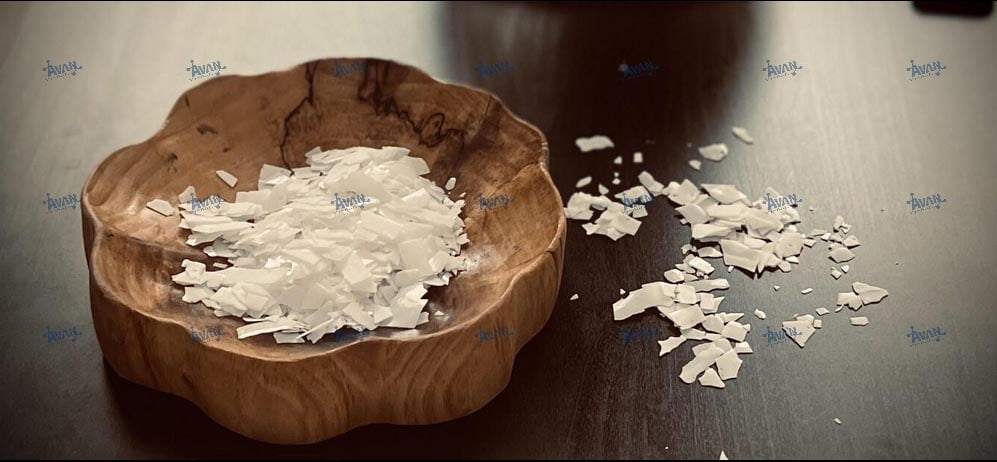Polyethylene Wax and its Properties-A Versatile Product in the Industry

Polyethylene Wax and its Properties-A versatile product in the industry
First of all, let’s take a look at PE Wax
Polyethylene wax is a synthetic wax. It’s a kind of polymer that finds applications in different industries. The polymerization of ethylene gas under a specific condition produces this versatile wax. Its polymer consists of ethylene monomer units and has linear, low molecular weight.
The chemical formula for this polymer is (C2H4) n where “n” represents the number of repeating ethylene monomer units in the polymer chain. The value of “n” can differ, resulting in different molecular weights and physical properties of the wax. Additionally, the molecular weight of this product typically ranges from a few thousand to several hundred thousand Daltons.
What are Polyethylene Wax’s main features?
Polyethylene Wax is solid at room temperature. It’s important to note that its melting point can vary depending on the specific grade and molecular weight. In its molten state, it appears as a white or off-white powder or granule with low viscosity.
Two frequently used types of polyethylene wax are differentiated based on their density and linear structure.
• HDPE (High-density polyethylene): It’s a thermoplastic polymer with a high density and linear structure. The polymerization of ethylene monomer using catalysts produces this grade. Because of its high strength-to-density ratio, this grade is strong and rigid. It also offers excellent resistance to moisture, chemicals, and UV radiation, making it suitable for outdoor applications.
• LDPE (Low-Density Polyethylene): LDPE is also a thermoplastic polymer, but it has a lower density and a branched or non-linear structure. Its production process is kind of like HDPE, but it uses specific catalysts and reaction conditions. Some of LDPE’s advantages are flexibility, relative transparency and good impact resistance. It exhibits excellent chemical resistance and is less rigid than HDPE.
Polyethylene Wax properties
As mentioned, polyethylene wax is available in different molecular weights and grades. This property makes it suitable for specific applications.
PE wax has a low melting point, typically ranging from 100°C to 140°C. This characteristic allows it to melt easily and to process efficiently.
It also shows excellent thermal stability, which enables polyethylene wax to save its properties even at high temperatures. This quality makes it suitable for applications that involve exposure to heat or require heat resistance.
It exhibits excellent lubricating properties, reducing friction and wear between surfaces. This property makes it a great additive in various lubrication applications, such as plastics processing, rubber compounding, and metalworking.
Its high hardness character is suitable for applications that require tough and wear-resistant material.
Polyethylene wax has a low viscosity, which makes it suitable for applications where easy flowability is desired, such as in coatings and adhesives.
It demonstrates good resistance to chemicals, including acids, alkalis, and solvents. This property allows polyethylene wax to maintain its integrity and performance in environments where it may come into contact with different chemicals.
Another property is that it’s hydrophobic. It means it repels water. Where water resistance or moisture barrier properties are important, such as in packaging materials or coatings, this property helps a lot.
It’s compatible with various materials, such as other polymers, resins, and additives. This property makes PE wax a suitable additive in industries including plastics, rubber, paints, and inks.
Polyethylene waxes produced by Avan is a versatile material that utilized in different forms, such as Flake, Granule, Powder , Pastile, Pril .
PE Wax HDPE and LDPE are available with various physical properties.
Avan Petrochemical group can produce Waxes according to customers requirement, For more details and consulting, please contact to our experts.
